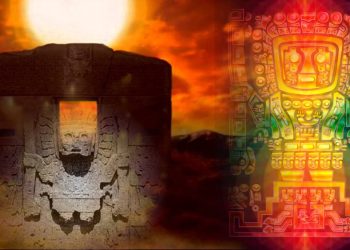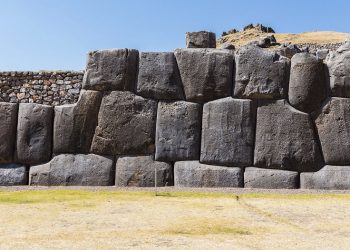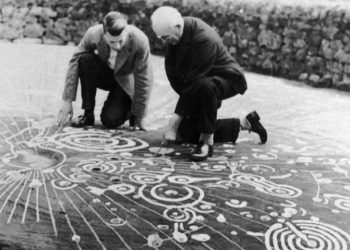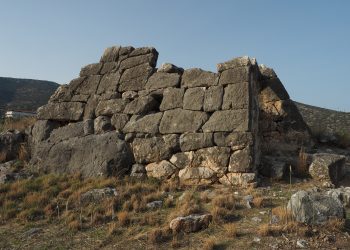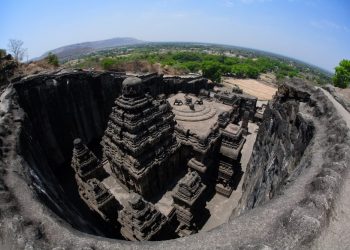Of all the ancient Egyptian pyramids, none is as mysterious and unique as the Bent Pyramid. Believed to have been built by the greatest Pyramid builder ever, Pharaoh Sneferu, the structure is by far the most distinctive pyramid in Egypt. Many people will refer to the Bent pyramid as an experimental pyramid or as a failed one. Nevertheless, we cannot refer to it as a failed structure. Sneferus Bent pyramid, also known as the “Southern Shinning Pyramid,” had a base length of 188 meters and a height of 105 meters.
Pyramid building was still an experimental activity when Pharoah Sneferu abandoned his step pyramid at Meidum, moving north to Dahshur. The builders didn’t have clear “blueprints” to follow. In the reign of Sneferu, there was a significant amount of experimentation. Perhaps this was comparable to the time when Djoser’s architect Imhotep built the first pyramid in the Third Dynasty.
The bending in the bent pyramid
The most unique feature of Sneferu’s pyramid is its bend. Previous step pyramids had faces that sloped to anywhere between 72 and 78 degrees. This was too steep for a true pyramid. It appears that the Bent pyramid started out as a smaller pyramid, with a slope of around sixty degrees, as evidenced by its core. The pyramid, however, suffered structural problems, and emergency measures were taken to save it. As a result, an additional girdle was added to the stump of the pyramid, giving it its slope of 55 degrees.
As the pyramid was originally constructed, the stones were laid sloping inwards according to the traditional method. The builders, however, appeared to be faced with more structural challenges despite this reduced angle. As the builders reached halfway up, they began setting the courses horizontally. It had finally become clear to the builders that the upward-leaning courses added stress to the structure instead of adding stability.
This resulted in the pyramid’s slope decreasing from 45 degrees to 43 degrees as the builders built it. The bend in the Bent Pyramid is a result of this change.
Larger stones
This pyramid is not only unique because of its bend, but it also has a few other characteristics. In comparison to the stones used in the construction of the 3rd dynasty pyramids, both core stones and casing stones are much larger. According to archeological studies, the architects of the pyramid were not concerned with how the internal masonry was constructed. Building materials such as limestone debris and tafla were used to fill the spaces between the stones. During this time, ancient Egyptians became more and more reliant on gypsum mortar. In contrast to desert mortar clay, this one required special preparation with fuel. The structural problems in the pyramid were caused by a lack of good mortar, poorly laid bricks, and an unstable desert surface.
Have something to add? Visit Curiosmos on Facebook. Join the discussion in our mobile Telegram group.






